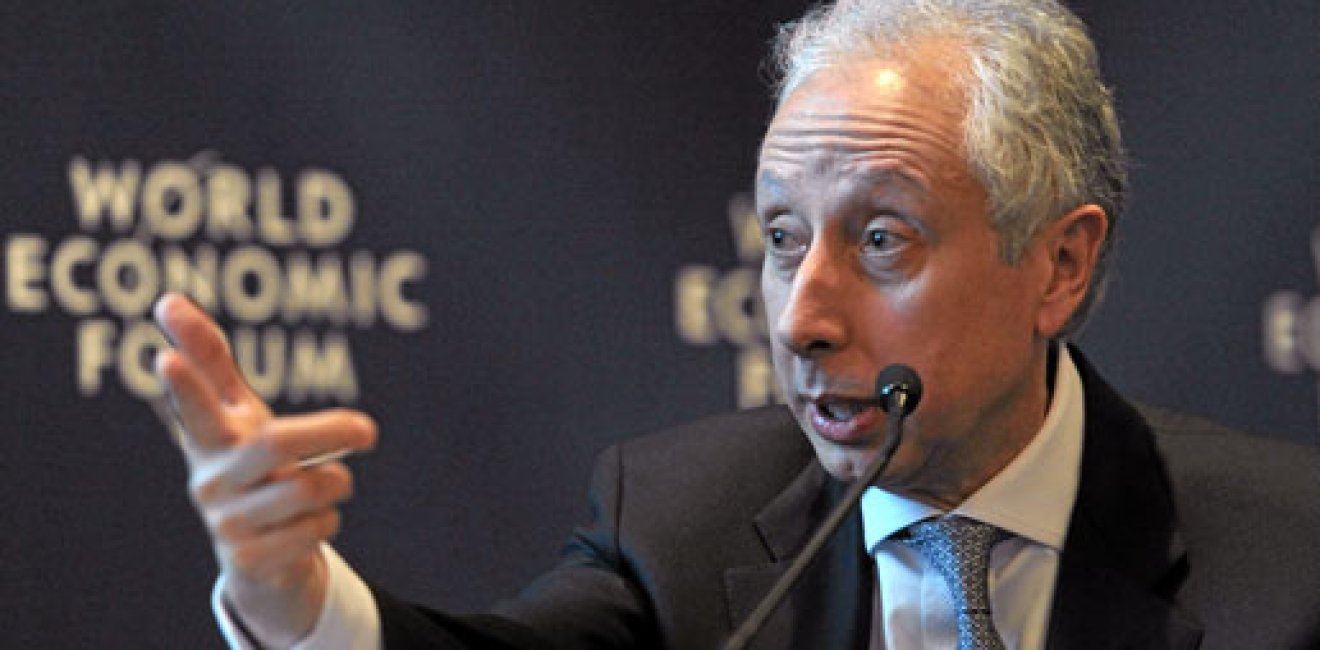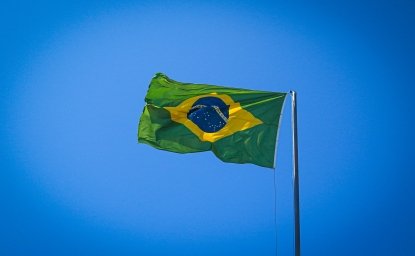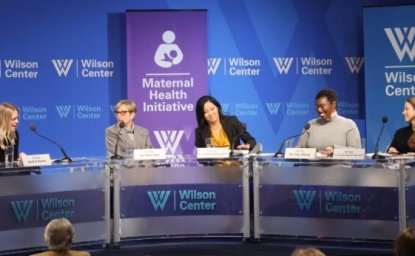20th Anniversary of the Real Plan
On the 20th anniversary of the Real Plan, which stabilized the Brazilian economy, Persio Arida, former Wilson Center Scholar and father of the plan, calls for a round of structural reforms.
On the 20th anniversary of the Real Plan, which stabilized the Brazilian economy, Persio Arida, former Wilson Center Scholar and father of the plan, calls for a round of structural reforms.

On the 20th anniversary of the Real Plan, which stabilized the Brazilian economy and opened the way for economic reform and growth, former Wilson Center scholar Persio Arida, one of the plan’s fathers, calls for a new round of structural reforms.
In 1984, after finishing his PhD in economics from MIT, Persio Arida wrote the first conceptual paper on economic stabilization policy in Brazil during his residence at the Wilson Center. His seminal work, further developed in collaboration with economists André Lara Resende and Edmar Bacha, evolved into the Plano Real. The plan was launched by Finance Minister Fernando Henrique Cardoso in 1994, the last year of President Itamar Franco’s administration. Arida had a central role in its implementation as president of Brazil’s Central Bank. Using financial control to boost confidence in the new currency, the real was an economic and a political success and paved the way for Cardoso’s election to the presidency later that year.
Today, after three years of disappointing economic performance coumpunded by the return of growings deficits and inflationary pressures, the debate has shifted. Persio Arida believes Brazil faces new challenges to return to a path of growth. Currently a partner and Chairman of Asset Management at BTG Pactual, Latin America’s largerst independent investment bank, he published an article in Folha de São Paulo on Sunday June 29 advocating for the country's need of a new round of structral reforms to control public spending and reduce inflation by half, to 3% per year, in order to allow the economy to move forward with low real interest rates. According to Arida, with less inflation and lower interest rates, Brazil will be able to escape the trap of economic stagnation in which it currently finds itself.
Full translated article below:
The challenge today is to create a new round of economic reforms
Persio Arida – Exclusive for Folha de S. Paulo, 6/29/2014
In 1984, ten years before the Real Plan, I participated in a discussion at MIT about the Larida Plan, named after an economic stabilization proposal that André Lara Resende and I had outlined in an academic paper.
The Larida Plan, based on the creation of an indexed currency – the ORTN (readjustable obligations of the National Treasury) pro-rata, which then became rebranded under the Real Plan as URV (Real Value Unit) – was daring. The promise was to make inflation decrease abruptly without resorting to price freezes or artificiality.
During the seminar, one of the commentators, an important American economist, expressed a doubt that seemed unreasonable to me at thetime, but that today, many years later, has become factual.
Unlike others, his preoccupation was not about knowing whether or not the indexed currency mechanism would work. The plan had a good chance of working out, he said, but assuring the stability of the currency over time is another story. After inflation fell from 45% a month to, let’s say, 0.5% a month, what incentives would the political system have to continue making structural reforms and controlling public spending?
The Real Plan, more than a monetary reform, was designed as a project of modernization in the country. Structural reforms and the control of public finances instilled confidence in the new currency.
The list of what was done in the years following the launch of the plan is impressive: the end of the state monopoly over gas and telecommunications; the added transparency to the financial market and state banks; the privatization program; the creation of regulating agencies; the Law of Fiscal Responsibility; the start of social welfare reform and the macroeconomic tripod, among others.
The implementation of the reforms was extremely difficult, but they created the basis that has sustained the Brazilian economy until today. The Brazilian people embraced the Real and gave political support to the reforms that avoided the return of hyperinflation.
Twenty years later, the challenge we face is different. We have an inflation rate around 6% per year, which would be higher if it were not for the repression of public taxes, in addition to the prices of energy and gasoline.
However, the risk of the return of inflation galloping in from the past, that at its worst moment was more than 80% per month, seems distant and 6% is still within our target scale.
On the other hand, if we analyze the last ten years, public spending, excluding interest payments, has grown about 8% per year in real terms. The operational surplus, which was 3.7% of GDP ten years ago, today, properly measured, borders 0.8% of GDP.
What would it take for this process to be reversed? What is the incentive for the political system to resume structural reform and control the expansion of public spending?
In Chile, the inflation target is 3%, with at most one percentage point of leeway. There are two reasons why 3% is better than 6%. First because inflation worsens the distribution of income, penalizing workers and retirees. Second, because, since prices do not all increase at the same time, the higher the inflation, the more difficult it is to judge if a good or service is relatively expensive or cheap.
In other words, inflation disrupts the functionality of the system of relative prices, a fundamental mechanism of a market economy. The higher the inflation, the less efficient the economy tends to be and, therefore, the rate of growth declines.
These two reasons are always true.
However, Brazil’s inflation of 6% has an extra factor of distortion. What keeps the inflation rate at 6% are very elevated real interest rates.
A truly stable currency does not need high interest rates. It is one thing for the Central Bank to implement a restrictive monetary policy due to a circumstantial and momentary reason; another is to maintain permanently elevated real interest rates in order to stabilize inflation.
The real will become a truly stable currency when we have an inflation rate of 3% with real interest rates much lower than what we have today.
We had a first round of reforms, fundamental to instill confidence in the new monetary standard and ward off the ghost of the return of hyperinflation.
The time has come to implement a new round of reforms and control public spending with the goal of reducing inflation to, let’s say, 3% per year, while unleashing the Brazilian economy with low real interest rates.
Many of the issues in the Brazilian economy –low investment, deficiency of infrastructure, lack of competitiveness, low financial leverage, elevated banking spreads, funding shortages for long term projects—resulted from us having elevated real interest rates for decades on end. With less inflation and lower real interest rates, Brazil can escape the trap of economic stagnation and low growth in which it finds itself.
Despite the pessimism that prevails today, resuming the agenda of modernization is feasible and certainly less difficult than implementing the Real Plan. But will our politicians know how to respond to the challenges of Brazil today?
Click here for full article in Portuguese.
Click here to read Economic stabilization in Brazil, Persio Arida, Wilson Center, Latin American Program, 1984.
Photo courtesy of Flickr user World Economic Forum.


The Brazil Institute—the only country-specific policy institution focused on Brazil in Washington—aims to deepen understanding of Brazil’s complex landscape and strengthen relations between Brazilian and US institutions across all sectors. Read more


